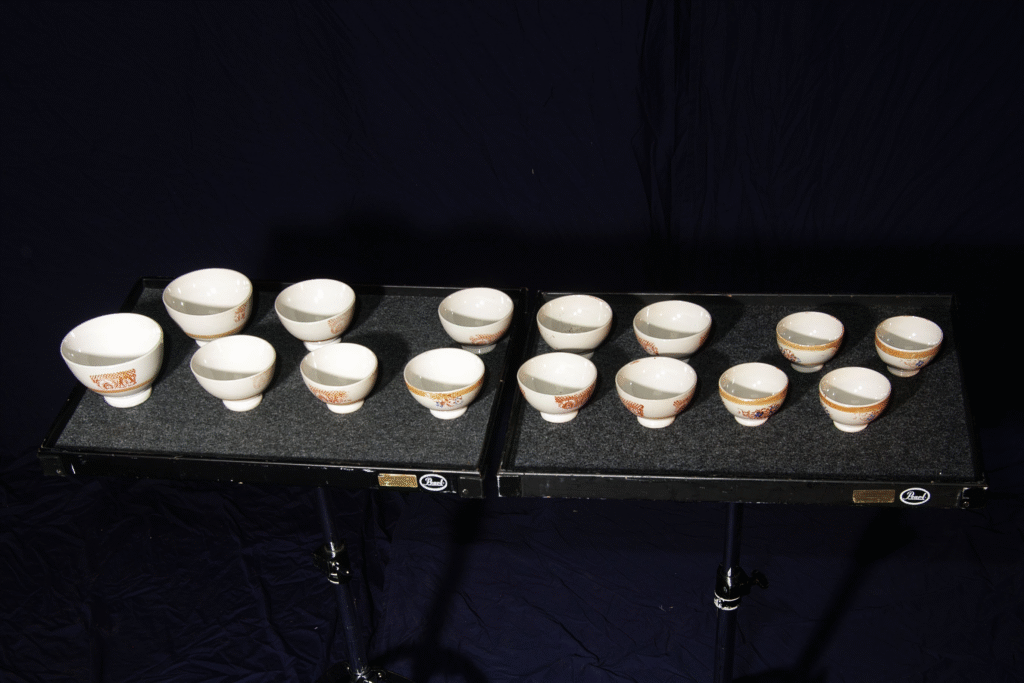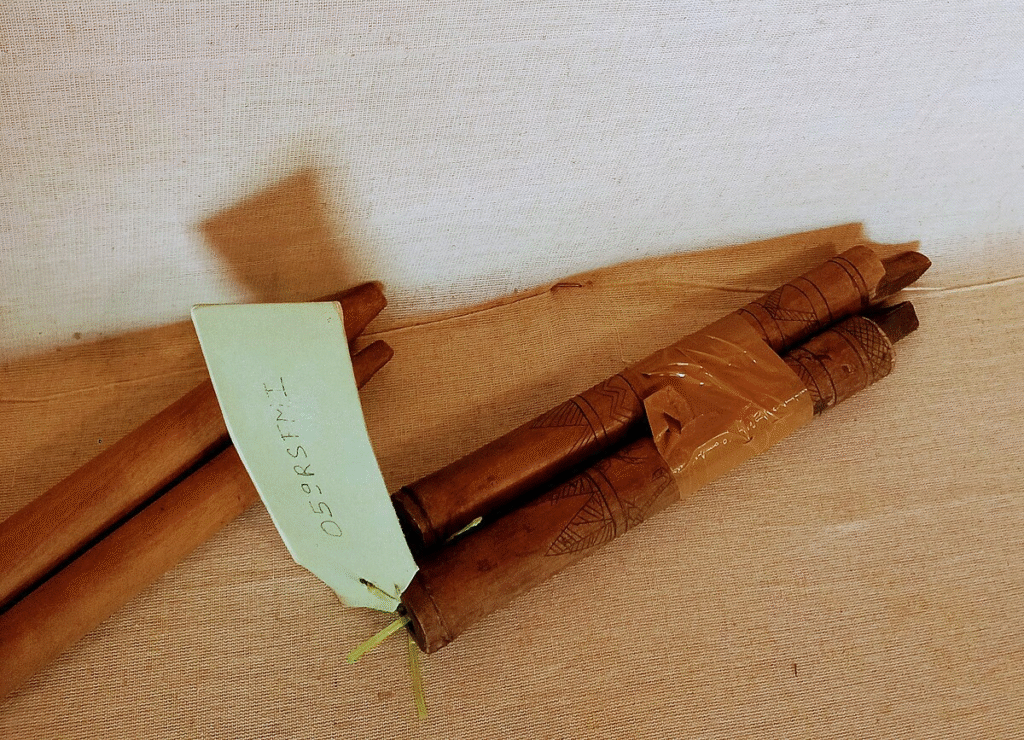🎧 Intro: More Than Just Tabla & Sitar
Myself being someone who loves traditional music and has a deep-rooted connection with musicians — I had to write this. My entire maternal side is into classical Indian music, and I grew up around it. I’ve spent evenings sitting beside live jams, soaking in the vibe, and even picked up drumming myself. So yeah, when I say an instrument slaps, I mean it literally and musically. 👊🥁
India’s musical heritage is massive, but only a few instruments get the spotlight. Let’s talk about the real unsung heroes — instruments that have soul, history, and insane musical potential.
🥁 1. Ghatam – The Claypot Groove

🪔 Origin:
Straight outta South India, the Ghatam is part of the Carnatic music tradition. It’s a clay pot instrument played with palms, fingers, and sometimes elbows. It looks like a kitchen pot but sounds like a bass slapping battle drum.
🎵 Songs You Should Hear:
- Dreamcatcher & Gharana by Ghatam Giridhar Udupa
- Raga Aberi – L. Shankar ft. Vikku Vinayakram (legend on Ghatam)
💬 Verdict: Surprisingly dope. Sounds earthy, percussive, and weirdly addictive.
🎼 2. Esraj – The Emotional String Machine

Photo Credit : Esraj string instrument — displayed at the Iyal Isai Museum, Chennai (photo by Venkatarangan Thirumalai, CC BY‑SA 4.0) (link to website)
🪷 Origin:
The Esraj was developed in Punjab and Bengal around 300 years ago. It’s a lighter alternative to the Taus and is still used in Sikh devotional music (kirtan) and Rabindra Sangeet.
🎵 Songs Featuring Esraj:
- Sunn Raha Hai (female version, Aashiqui 2)
- Elder Scrolls Online: Elsweyr OST (has Esraj-style background tones)
💬 Verdict: Deep, bendy, and emotional AF. Cries in underrated.
🔔 3. Jal Tarang – Water That Sings

Photo Credit : Jal Tarang bowls owned by Dr. Ragini Trivedi (public domain)
💧 Origin:
Mentioned in ancient texts like the Kama Sutra and Sangeet Parijaat, this one’s old. Jal Tarang uses water-filled porcelain bowls tuned to pitch. You tap them gently with sticks — like a Zen xylophone.
🎵 Where You’ve Heard It:
- Chhuk Chhuk Chhaiyyaan (1947, Shehnai)
- Ja Re Badra Bairi Ja (1960, Bahana)
- Tumse Badhkar Duniya (1982, Kaamchor)
💬 Verdict: Aesthetic AF. Ancient ASMR. Magical and criminally slept on.
🪘 4. Khol – The Folk Festival Starter

Photo credit: Wikimedia Commons / CC BY‑SA (link to image page)
🌾 Origin:
Traditional drum from Bengal and Assam, the Khol is common in Vaishnav bhajans, temples, and Eastern folk music. Think of it as the party version of the Mridangam.
🎵 Where It Hits:
- Mostly in devotional bhajans and Rasa lila performances
- Watch local kirtans or Durga Puja live streams — you’ll hear it pounding
💬 Verdict: Great thump energy. Waiting for a modern producer to sample it.
🕊️ 5. Algoza – The Twin-Flute Trance

Photo Credit : Algoza flutes displayed at Arna Jharna Museum, Rajasthan (photo by Neek‑Theri, CC BY‑SA 4.0)
🏜️ Origin:
Comes from the deserts of Punjab and Rajasthan. The Algoza is two wooden flutes played at once — one for drone, one for melody. Breathing technique is wild.
🎵 Where to Catch It:
- Bhangra roots? ✅
- Rajasthani folk fairs? ✅
- Desert trance mood? ✅
- Listen to tracks by Mame Khan or Jaswant Singh Bhamrah for fusion examples.
💬 Verdict: Raw, dusty, hypnotic. Seriously waiting for it to blow up on Spotify.
🎤 Final Thoughts: Why These Slap
These underrated instruments carry stories, cultures, and centuries of tradition — all while sounding 🔥. With the right exposure (and some creative sampling), they could break into the global music scene. Or at the very least, they deserve your next playlist.
Bottom line?
They’re all certified DOPES ✅ — and honestly, they’re long overdue their moment.